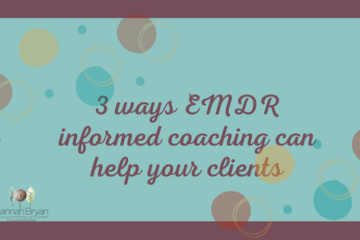Now this is a question that comes up a lot in my supervision sessions. Often early on and often when we are just starting to develop an understanding of the client and their difficulties. So if this question also comes into your mind find out more, and please do read on.
Most of the time my answer to this question is THE STANDARD PROTOCOL!! Does this surprise you? It’s simple I know but most of the time this works perfectly well.
Often as therapists we get pulled into thinking about the diagnosis. Are we working with depression, anxiety, OCD etc etc? And can this diagnosis inform our clinical practice? Thinking about diagnosis is a whole other debate I know. But should this really be the main thing that is informing our treatment plan and the work that we do with our clients? Should we really be reducing it down? Shoul we really say well this person has OCD so I will use the OCD protocol or any other diagnosis? I don’t think so. Or as humans are we actually individual enough to need an indivudual case conceptualisation to be developed? I know this is where I am at with my practice.
What for me has got to inform and guide my treatment plan is the CASE CONCEPTUALISATION. I bore myself sometimes with piping on and on about this but I really do think that it’s so important. So I am not interested really in thinking well this client has anger issues so I will use the anger protocol or OCD is mentioned on the referral letter so I will use the OCD protocol because I don’t think this is helpful all of the time.
WHAT I WANT TO KNOW IS
- What has happened to my clients that …
- Contributes to the difficulties they have in the here and now that leads to …
- These things that my client wants to be different about their life
When I identify the memories in the PAST that impact on the PRESENT, most of the time it’s perfectly appropriate to use the STANDARD PROTOCOL on these memories.
There’s a lot of research that evaluates the Standard Protocol. There’s lots of evidence to say that it does work. So really, why do we want to complicate factors by trying another protocol so early on in our treatment?
Of course there are times when it is helpful to use another protocol. WE NEED A CLINICAL REASON TO DO THIS. For example, my supervisees often use the Blind to therapist protocol when they have attempted a phase 3 assessment with a client but there is just too much shame around for them to process their trauma memory. Sometimes it’s helpful to use the anger protocol when a client is stuck with this emotion and an anger interweave does not work. BUT I WOULD NOT TEND TO START OFF WITH THESE PROTOCOLS.
The standard protocol works well. It’s evidence based. It’s a super framework to contain therapy, and most of the time it works!
My biggest advise is PUSH IT WHERE IT MOVES so if standard protocol is not working, then we can rethink and try something different but don’t over complicate things by forgetting just to start off simple.
What to read more EMDR blog posts, click here to find out more.

Thanks for reading my blog, I’m Dr Hannah Bryan and I am a Chartered Clinical Psychologist and a Europe Approved EMDR Consultant and Facilitator. EMDR has been part of my Clinical practice since 2006. In 2014 I became an EMDR Consultant and an EMDR Facilitator since 2019. I want to share with you some of the steps and the key learnings that helped me learn to become a better EMDR therapist and achieve some amazing results for my clients.
I am extremely passionate about helping clinicians improve their knowledge and skills in EMDR so that they improve their confidence and practice it more with their clients and more clients recover and heal from the traumas they have experienced.

0 Comments